Retro Review: Octek VC-001 Gemini - Part 3
26th May 2022
In this Part 3, we will get into some good old-fashioned EGA gaming, 1987-style!
EGA Games
EGA as a standard was short-lived, having arrived in October 1984. Two and a half years later, MCGA and VGA arrived with IBM's PS/2 line of computers, heralding in the era of 256 colours. But during those EGA days there were some incredible games for DOS, and even after VGA was released, it took a while for it to take over completely. EGA continued to be supported by games until around 1992/1993.
The games I'm going to play are listed here, the left column are games that maxed out at 16-colour EGA and the ones on the right support the later and better 256-colour VGA/MCGA but our focus here is what EGA looks like:
|
|
All these screenshots on this page were grabbed directly from the Octek Gemini VC-001 card in .PCX file format and converted to .PNG for size. There is no doubt some slight loss due to the compression used during this conversion, but I hope you still get a good impression of what the card's output looks like.
The vast majority of games that had an EGA option ran with a resolution of 320 x 200 with a 4-bit colour depth (meaning 16 colours on-screen). Unless otherwise mentioned, this is the resolution and colour depth of the game, for all these screenshots.
King's Quest III: To Heir is Human (Sierra Online, 1986)
The second Sierra game I ever played, after Leisure Suit Larry 1. This time, you take on the role of Gwydion who has been kidnapped by Manannan, the wicked wizard. Gwydion is King Graham’s son, and he was abducted and taken from his home in Daventry when he was a child. Gwydion, who dwells on top of a mountain in the realm of Llewdor, is the protagonist of King’s Quest 3. The limitless ocean extends to the east, while the arid desert is sprawled to the west. Gwydion must scour the areas around the mountain for spell materials that would allow him to escape from the nasty Manannan, who makes him perform housework.
An early EGA game but has Sierra's usual charm. Click here for the dedicated game page for this title.
Leisure Suit Larry in the Land of the Lounge Lizards (Sierra Online, 1987)
I don't think there's a 1980s DOS gamer who hasn't heard of Leisure Suit Larry. When this hit the shelves it was a highly questionable title, given its "risque" nature, but became a much-loved classic and went on to produce no less than 5 hilarious sequels.
Click here for the dedicated game page for this title.
Test Drive (Accolade, 1987)
Test Drive ...
These colours aren't being captured correctly - the game looks 'normal' in EGA when I'm playing the game.... I will revisit my capture parameters...
Police Quest: In Pursuit of the Death Angel (Sierra Online, 1987)
The first Police Quest game had me hooked when I picked it up in 1992. Despite only having EGA as the highest video setting, the gameplay was a curious mix of fun and suspense. There was an entire city to explore, or at least, that's how it seemed. The game was criticised by some of the media for following police procedures to the letter, making the game a little unforgiving at first, but this I feel set the stage for how you should deliberate about the actions to take next - it tried to get you to behave like a police officer, and in my opinion, it did this well. PQ1 balances life as a cop with a great storyline that sees you rising up the ranks as you progress through the game.
Click here for the dedicated game page for this title.
It sounds funny to say it, but Police Quest 1 wouldn't suit VGA - I've said it before, but the way Sierra Online did their graphics, there was an 80s charm to the lower resolution blocky characters and limited colour palette that I wouldn't trade for anything.
Grand Prix Circuit (Accolade, 1988)
An addictive Formula One racing game that pre-dates almost everything else in this genre. The game didn't include every track in the 1988 Formula 1 season (actually about half), but it was nonetheless very fun to play and gave you a lot of options to start off easy and ramp up the difficulty level as you got better.
Click here for the dedicated game page for this title.
F-19 Stealth Fighter
From the Microprose team, F-19 Stealth Fighter was the last flight simulator Sid Meier worked on. It is an interesting title to check out in EGA. I say this because many of the missions are set at night (you are, after all, trying to remain undetected in your stealth fighter!), meaning the colour palette while you are airborne is often dark. They did actually put in a good number of daytime missions too, possibly for the reason that the solid black sky might be offputting to some. The gameplay however really helps come to the rescue in this easily-accessible flight simulator. EGA is the highest graphics option, despite the box sticker and startup screen claiming to offer you a VGA/MCGA option - they're all in 16 colours.
Click here for the dedicated game page for this title.
Hmmm, in-flight colours look pretty much accurate, but the purple behind the weapons loadout looks wrong and the purple in the pic above that... the game looks 'normal' in EGA when I'm playing the game.... I will revisit my capture parameters...
Gold Rush!
Another Sierra classic, Gold Rush is set at the start of the California gold rush, with you playing the part of a bored young journalist looking for some excitement. There are three different ways to achieve success in the game, which gives an interesting twist to this adventure.
Click here for the dedicated game page for this title.
The Colonel's Bequest (Sierra Online, 1989)
This game, also commonly known as Laura Bow 1 after the sequel, The Dagger of Amon Ra, came out, is a dithering work of art in EGA. It's an action-adventure, but one you should take slow and steady. This is a thinkers game, so if you love detective novels or murder mysteries this will really hit the spot.
Click on any of the images below to see the original resolution pic, which is 320 x 200 in 16 colours.
Click here for the dedicated game page for this title.


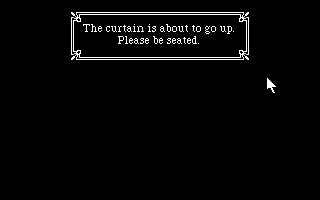
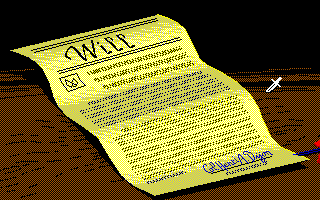


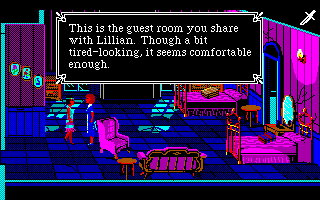

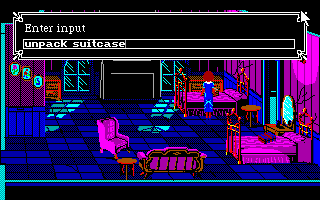



The Colonel's Mansion is a big place - lots of rooms to explore and people to interact with...


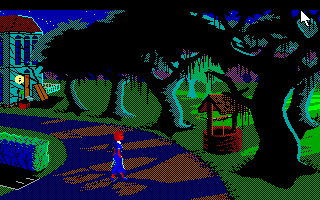






Outside is a scary place - the art and EGA colours chosen give the game a sense of atmosphere and foreboding...
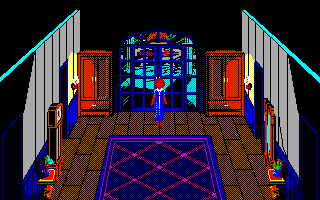





The characters that you can interact with move around the mansion
F-15 Strike Eagle II (MicroProse, 1989)
Following on from the successes of F-15 Strike Eagle and F-19 Stealth Fighter, MicroProse used the same F-19 engine for the sequel, F-15 Strike Eagle II. This was enhanced with a better keyboard layout and a more arcade-like flight model to make it even more accessible.
Click here for the dedicated game page for this title.
As with a few other titles here, the screen capture hasn't worked too well. The in-flight graphics look about right, but the mission menus aren't so purple and red as they appear here. This is a fault of the capture utility, not the graphics card.
Kings of the Beach (Electronic Arts, 1989)
VBALL as it was often referred to, was an underrated volleyball game from EA. It was fairly easy to get into but difficult to win as you progressed up the tournament rankings. EGA was the best video quality supported by the game.
Wing Commander II: Vengeance of the Kilrathi (ORIGIN Systems, 1991)
More of the same, and there was nothing wrong with that! The hit title, Wing Commander, was so good it spawned two expansion packs. When WC2 arrived, it was eagerly awaited. The storyline continued where the old one left off, and we were hooked! This game also got two 'mission' expansion packs and a speech accessory pack that added voiceovers to the characters you interacted with - just brilliant!
Click here for the dedicated game page for this title.
And in EGA, sure, you lose a little something but ultimately the game is just as playable, and may just run a bit faster if at the time your PC was on the limit to support playing WC2.
Conclusion
So there we have it, the Octek VC-001 Gemini, or Octek MicroEGA as we've now learned. The card ran pretty flawlessly and shows off just how amazing EGA graphics can be with such bright, vibrant colours. With dithering, the effect of the much smaller colour palette is greatly reduced, and there are so many games that supported this graphics standard you'd struggle not to find something you like.
When done right, it's easy to forget you're running on such an old technology - I've heard the same thing with CGA, but that was a serious compromise partly due to the poor choice of colours - with the standard EGA palette the available colour spectrum to developers meant it would be suitable for use across every gaming genre.
These days of course, most of us would still choose to play a game in 256-colour VGA if the option is there, but if period correctness is your thing, and you're looking to build, say, a 286 or early-to-mid 386 PC, a decent EGA card like this one is really the only option.
Let me know your thoughts by using the 'Contact Us' link below!
Addendum: 5th November 2023
I added later to Part 1 that DOS Days contributor William Irwin sourced a boxed Octek MicroEGA (this card!), complete with the floppy disks and manual. He took images of these, which you can see below. I've taken his manual pics and converted them into a PDF document.
William had a few issues getting clean floppy disk images using his Greaseweazle - there were some bad sectors on disk 2 (disk 1 was fine). Using different hardware he was able to get a solid disk image with just one bad sector (which was empty anyway). They are 5.25" 360 KB images in .IMG format. You can download these here:
Octek MicroEGA Disk 1 Contains mode switching utilities CGA.COM, EGA.EXE, MDA.COM, SWITCH.EXE, VCGC.EXE, TTLSET.EXE, AUTOMODE and more.
Also has drivers for Lotus 1-2-3 v2.0+ and Windows 1.x/2.x, WordPerfect v4.1+ and WordStar v4.0+ |
Octek MicroEGA Disk 2 Contains drivers for GEM v2.1+, Ventura Publisher 1.1, Framework II v1.0, EGAPAINT v2005, and AutoCAD v2.18 to 2.26. |
Octek MicroEGA |









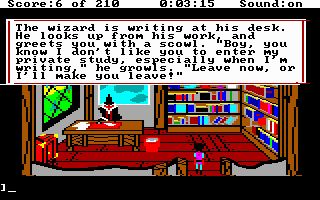


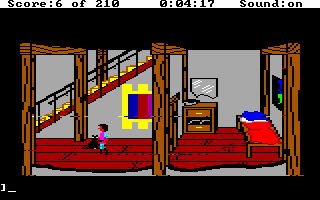

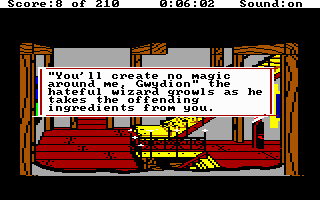




















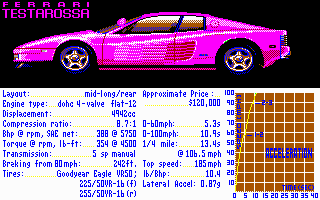




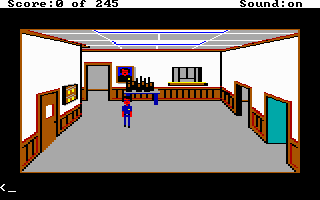









.jpg)
.jpg)
.jpg)
.jpg)
.jpg)
.jpg)
.jpg)
.jpg)
.jpg)
.jpg)
.jpg)
.jpg)
.jpg)
.jpg)
.jpg)
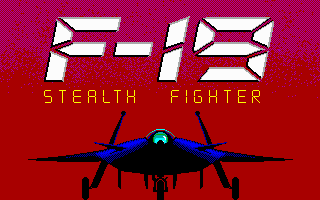

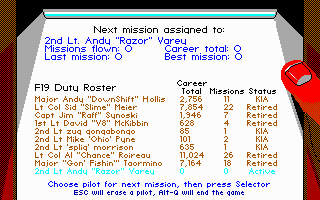

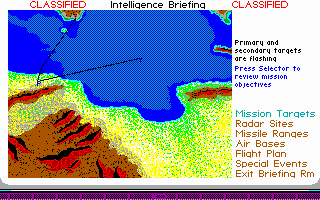























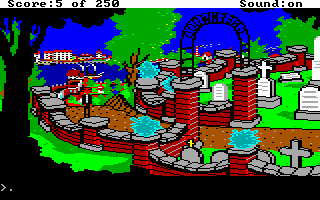



















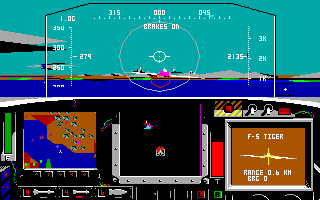







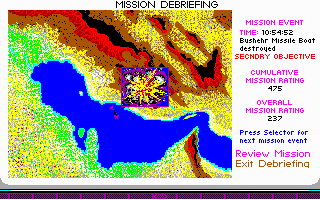










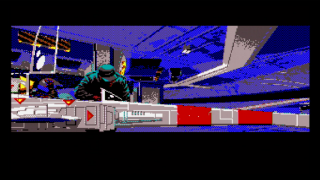




.jpg)
.jpg)
.jpg)
.jpg)
.jpg)